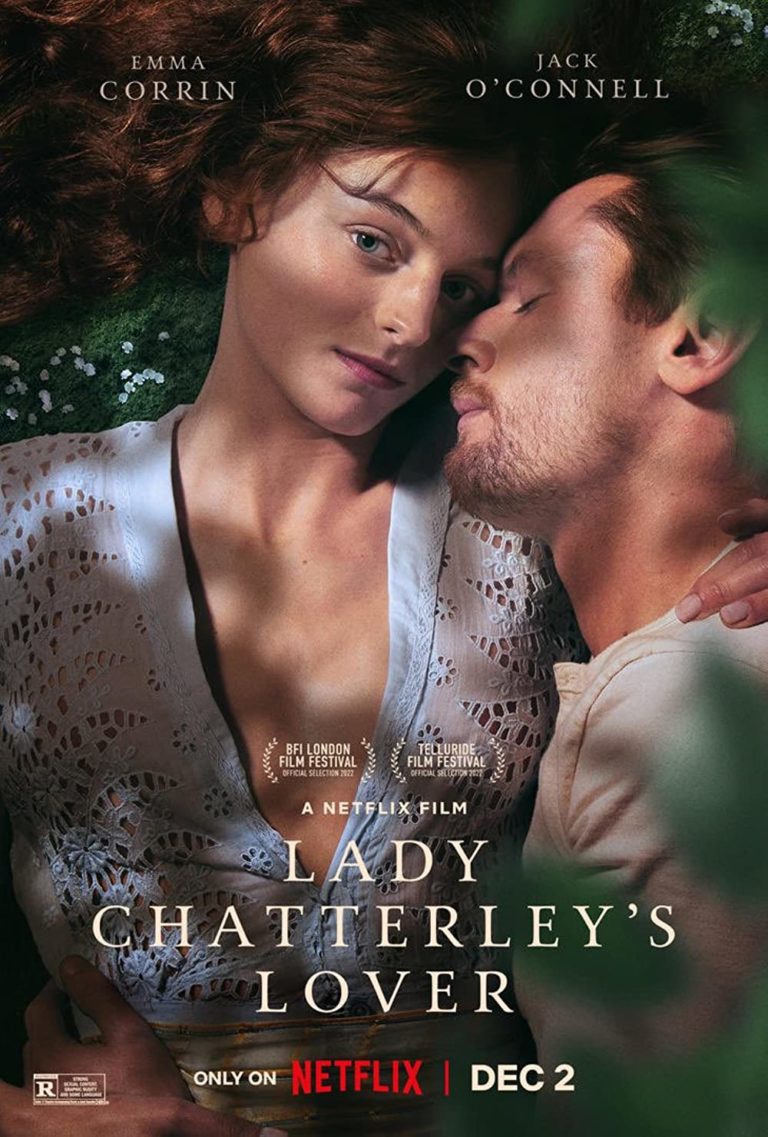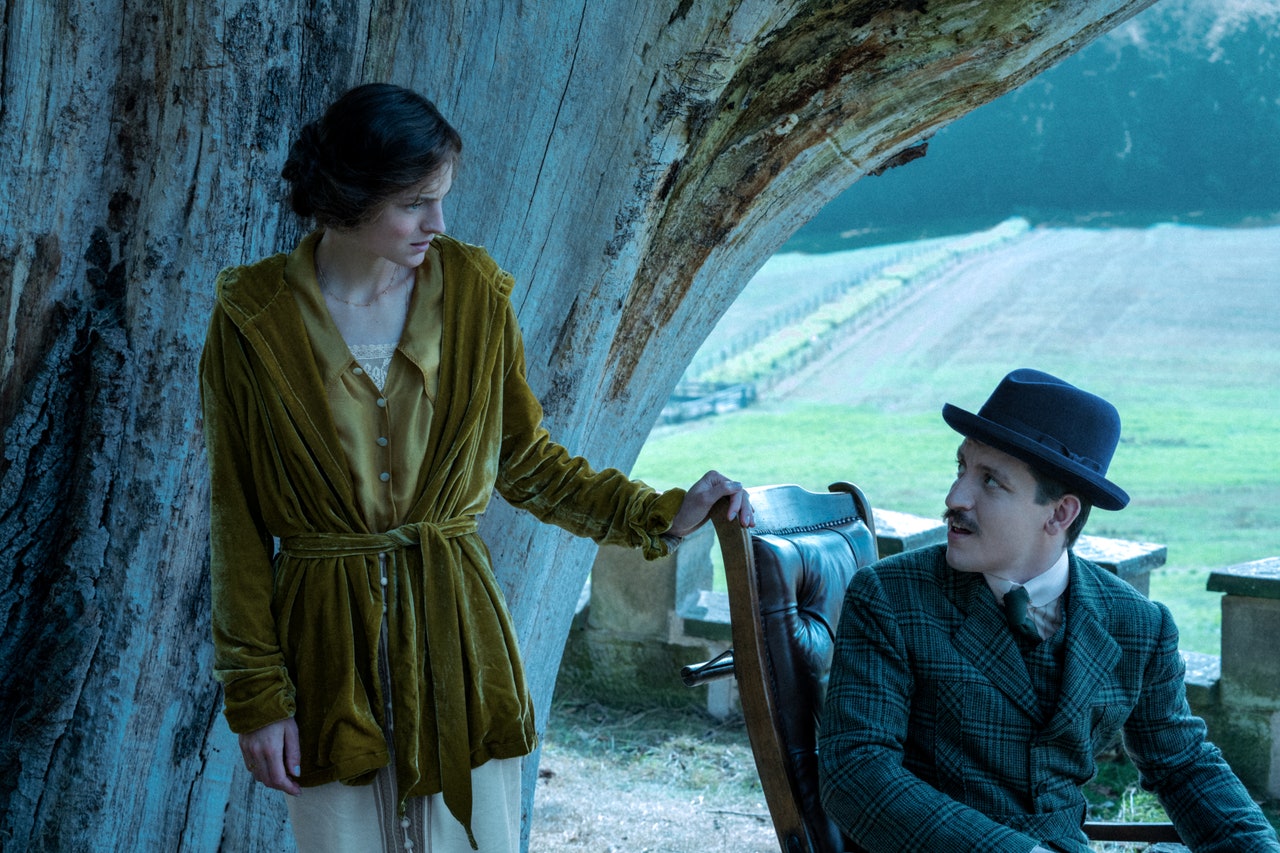
In the late 1920s, English author D. H. Lawrence published his last novel that caused immense scandal: Lady Chatterley’s Lover. The plot about an unhappily married aristocrat beginning a torrid affair with the gamekeeper on her husband’s country estate, caused consternation. At that time it was unthinkable for a woman of the intelligentsia, who had been lucky enough to marry into aristocracy, to leave her husband for a working-class man. But more than the class divide in Great Britain at the beginning of the 20th century, what caused stupefaction was the writing style, that was considered obscene for the graphic description of sex and the use of then-unprintable carnal terms. Since then the story has had several screen adaptations that include two BBC versions: the 1993 film directed by Ken Russell, starring Joely Richardson and Sean Bean and the 2015 television movie starring Holliday Grainger, Richard Madden and James Norton. The latest cinematic feat in transforming into images the words of David Herbert Lawrence is Netflix’s Lady Chatterley’s Lover starring Emma Corrin in the titular role, Jack O’Connell as the gamekeeper, Oliver Mellors, and Matthew Duckett in the role of Sir Clifford Chatterley.
Film director Laure de Clermont-Tonnerre had shown great humanity and artistry in her debut feature film, The Mustang, that was nominated for Best First Feature at the 35th Independent Spirit Awards and won her the Bingham Ray Breakthrough Director Award at the 2019 Gotham Independent Film Awards. This time, thanks to the screenplay by Academy and Golden Globe nominee David Magee, the French filmmaker glorifies an iconic piece of literature without ever making it risqué or indelicate.

In her Lady Chatterley’s Lover there is plenty of nudity and copulation but the stunning chemistry between Emma Corrin and Jack O’Connell, makes every scene of dalliance tender and playful. The entire film uplifts the original intent of the novel by being unfiltered, passionate and authentic in the way bodies and feelings intermingle without any partition. Each physical expression is the consolidation of a corporeal, mental and spiritual understanding.
Philosophers of Western Rationalism have long discussed the mind and body issue, some like René Descartes would separate the two entities and others such as Maurice Merleau-Ponty would find there was no possibility of detaching them. Many modern scholars have debated on how this topic is relevant to the analysis of Lady Chatterley’s Lover. The search for integrity and wholeness through the cohesion of our mind and anatomy is depicted with efficacy by Laure de Clermont-Tonnerre. She shows how Constance’s lack of intimacy with her husband, who is “all mind,” and Mellors’s choice to live apart from his wife because of her “brutish” sexual nature caused both lovers to be unsatisfied in their previous relationships. But once Constance and Mellors begin their affair they alternate moments of wild passion, with cosy readings of James Joyce. They are free to dance bare-skinned in the rain, as the ultimate expression of their liberation from society’s restraints.

The location of filming in the mansion and grounds of the Northern Welsh residence of Brynkinalt, and the magical painting of light by cinematographer of Benoît Delhomme, instil a mystical allure to the entire storytelling. The effect is clearly intentional, as it conveys the key theme of the contrast between nature’s vitality and the mechanised monotony of industrialism. Clifford naturally epitomises the latter, through his intent to reinvigorate the mines with new technology and his disconnection to the natural world. Whereas Connie is enamoured with the wonders of the countryside as she ventures on her walks that lead her to Mellors, who also appreciates the beauty of the wilderness.
Netflix’s Lady Chatterley’s Lover is an impressive adaptation that captivates audiences sensorially and cerebrally, by transmitting the heightened sensual and intellectual appreciation of the love experience.
Final Grade: B+

